How to Create a Mandate Letter Template
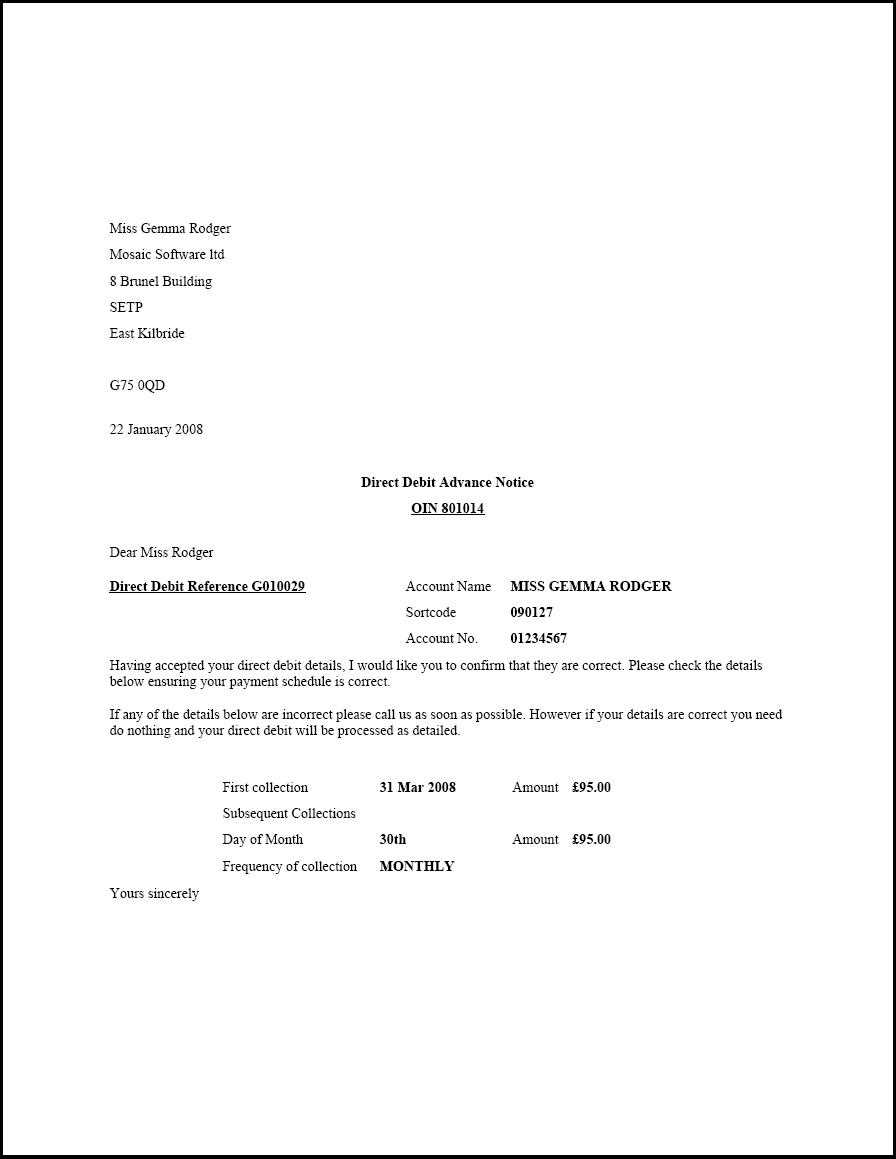
In professional settings, it is often necessary to provide a written authorization for specific actions or decisions. This document serves to clarify roles, responsibilities, and permissions between parties, ensuring clear communication and trust. Crafting such an agreement requires attention to detail, focusing on structure and precise language to ensure its validity and effectiveness.
Key Elements of an Authorization Agreement
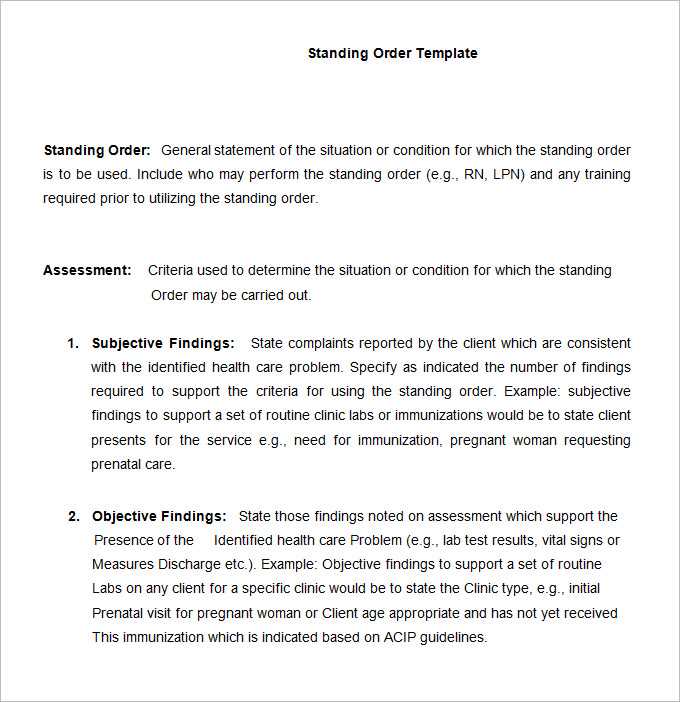
To ensure the document is legally sound, several key elements must be included:
- Identification of Parties: Clearly state the names and roles of all individuals or entities involved.
- Scope of Authority: Define the specific actions or decisions that the document authorizes.
- Duration: Specify the time frame during which the authorization is valid.
- Signature: Ensure that both parties sign the document to validate it legally.
Why This Document is Essential
Such a written agreement provides clarity and avoids misunderstandings by outlining clear terms. It is especially valuable in legal, financial, and corporate matters, where the delegation of tasks or responsibilities requires explicit consent and documentation. This ensures that all parties are aligned on expectations and limits of authority.
Steps to Draft a Strong Authorization
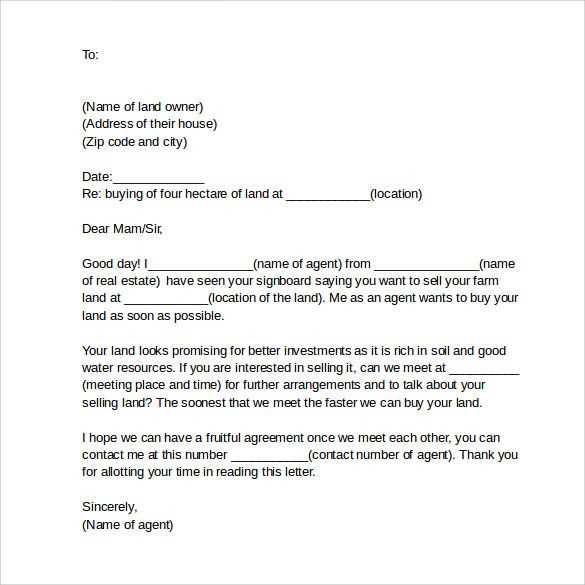
- Begin with Clear Identification: Ensure that all parties involved are correctly identified at the outset.
- State the Purpose: Define the reason for the authorization and the actions it covers.
- Outline Specifics: Detail what actions are authorized, including any limitations or conditions.
- Include Timeframes: Specify when the authority begins and ends, if applicable.
- Obtain Signatures: Ensure that all parties sign the document to confirm agreement.
Common Mistakes to Avoid
When drafting this type of agreement, it’s important to avoid common pitfalls:
- Vague Language: Avoid ambiguity in the roles and responsibilities outlined in the document.
- Missing Signatures: Failing to have all necessary signatures can invalidate the agreement.
- Overlooking Specificity: Be clear about the actions and limits of authority to prevent misuse or misunderstandings.
By following these guidelines and ensuring that all critical information is included, you can create a document that clearly communicates the terms and expectations between parties involved.
Authorization Document Overview
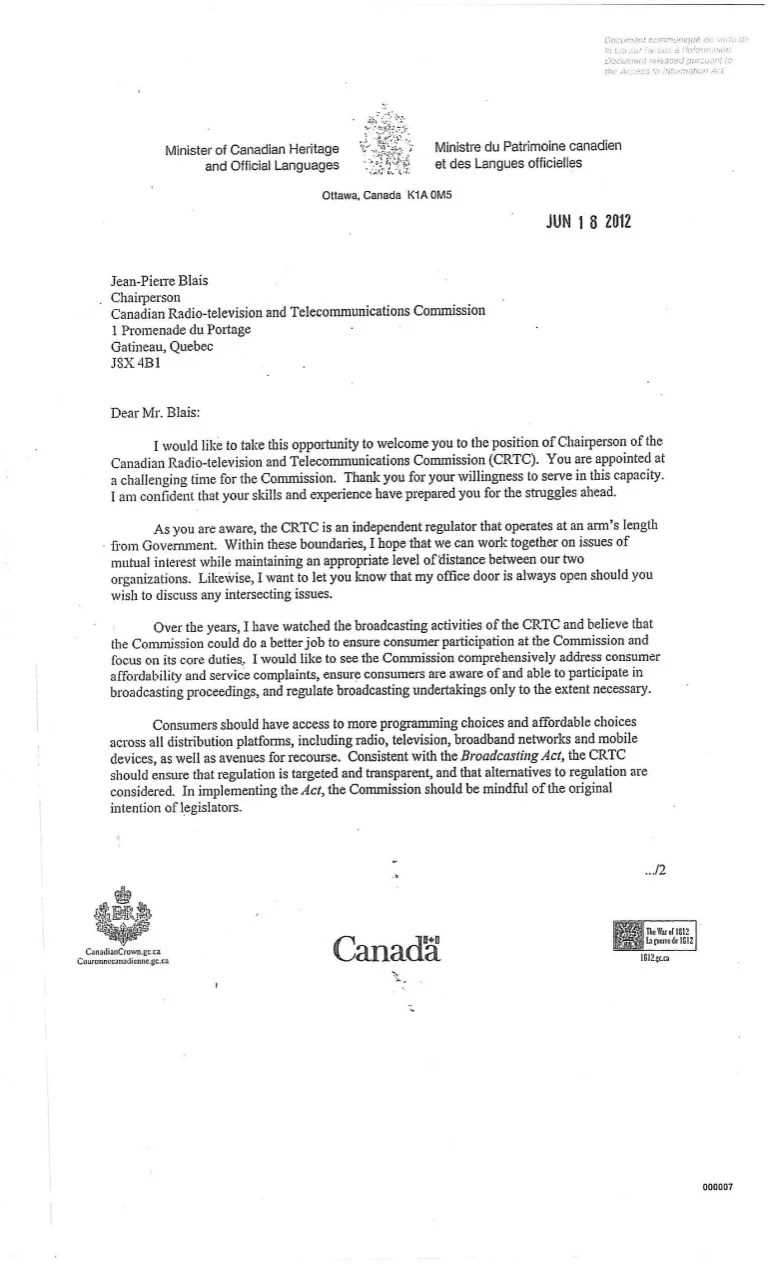
In formal agreements, a written authorization is essential for granting specific permissions and clarifying roles. This document ensures that all parties are clear about their responsibilities, the scope of actions, and the time frame during which these actions are valid. The process of drafting such a document requires careful attention to detail to avoid misunderstandings and to ensure the document’s legal integrity.
Defining the Role of an Authorization
This document serves as a clear declaration of intent, outlining the extent of powers granted from one party to another. It is commonly used in both business and legal contexts to formalize actions that require approval or delegation, helping to streamline processes and enhance accountability.
Essential Parts of an Authorization Agreement
A well-structured authorization document includes several critical elements:
- Parties Involved: Clearly state who is granting the authority and who is receiving it.
- Scope of Power: Define the specific actions or decisions that are authorized.
- Validity Period: Specify the duration for which the authorization is valid.
- Signatures: The document must be signed by both parties to confirm agreement.
When to Use an Authorization Agreement
This type of agreement is typically required when one party needs to delegate decision-making power or grant specific permissions to another. It is often used in legal matters, corporate transactions, or when a person or entity needs to act on behalf of another under agreed terms.
Steps for Creating an Authorization Agreement
To draft an effective document, follow these steps:
- Identify the Parties: Clearly list all involved individuals or organizations.
- State the Purpose: Outline the reason for granting authority.
- Specify the Actions: Describe in detail the actions that are authorized.
- Set Timeframes: Define the start and end dates for the validity of the authorization.
- Ensure Signatures: Make sure both parties sign to validate the agreement.
Common Errors in Authorization Document Drafting
When creating such an agreement, it is crucial to avoid common mistakes:
- Ambiguity: Vague language can lead to confusion or misinterpretation of the granted powers.
- Lack of Signatures: Without signatures, the document holds no legal weight.
- Overgeneralization: Failure to specify the actions and limits of authority can lead to misuse of power.
Tips for Effective Authorization Creation
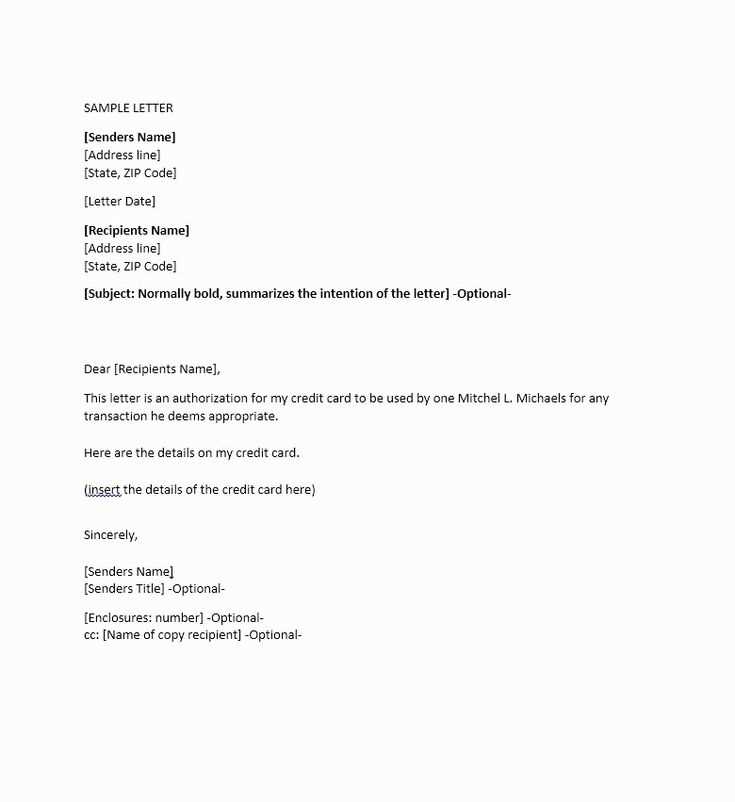
For a clear and effective document, consider the following tips:
- Be Precise: Ensure the terms are specific and leave no room for interpretation.
- Maintain Simplicity: Avoid overly complex language that may confuse the reader.
- Consult Legal Professionals: If necessary, seek advice from legal experts to ensure the document’s validity.